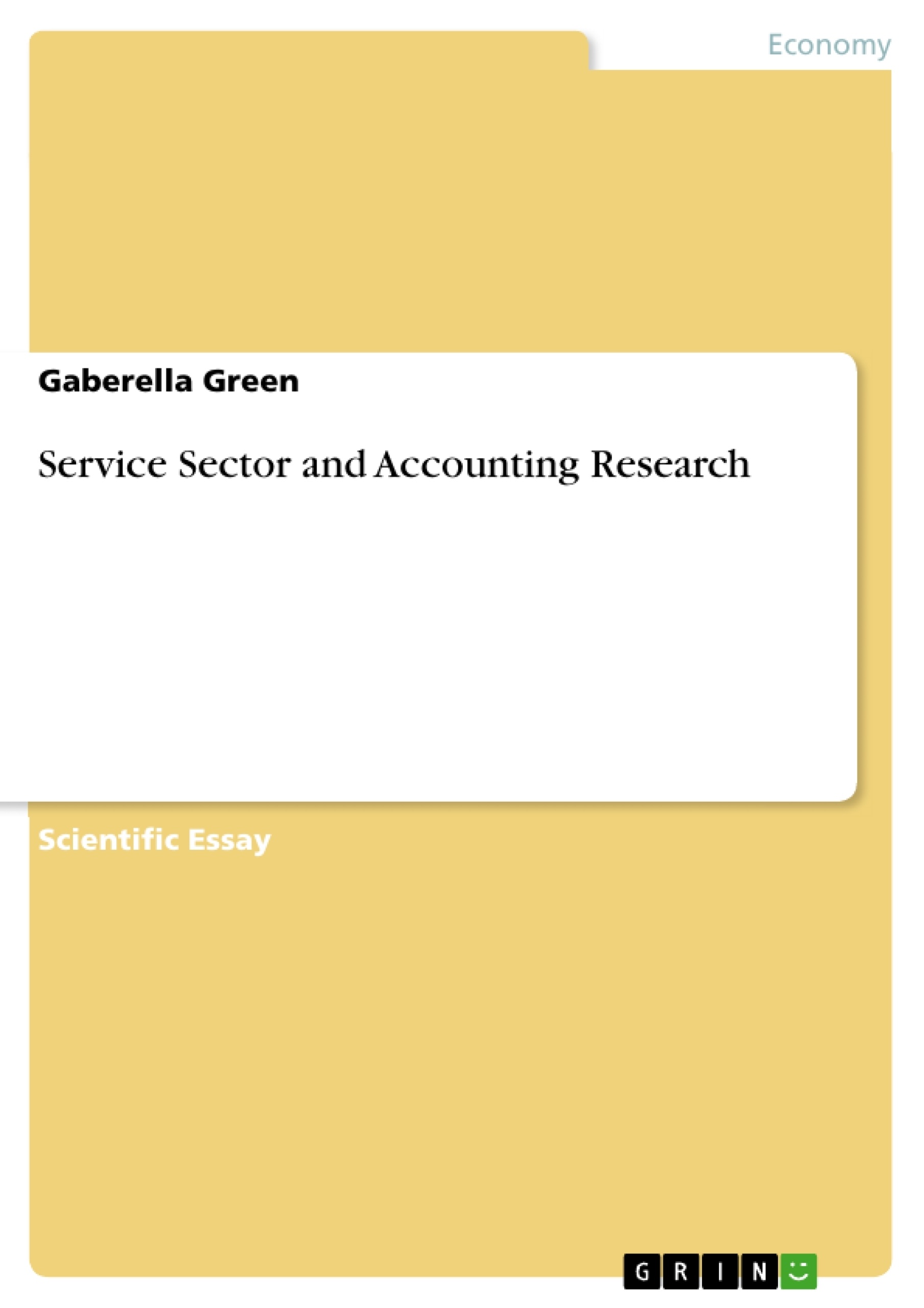United States Generally Accepted Accounting Principles (U.S. GAAP) is compared to Japanese (GAAP) for unique characteristics in financial reporting. Godwin, Goldberg, & Douthett (1998) mentioned that Non-U.S. companies listed on a primary U.S. exchange may choose to provide their U.S. shareholders with financial statements prepared according to their domestic (non-U.S.) GAAP or with U.S.-GAAP statements. In addition, differences between U.S. GAAP and Japanese GAAP include the impairment of assets, the scope of subsidiaries, and retirement benefits. Currently, Wendy’s uses Non-GAAP accounting practices to supplement understanding of financial data for investors. This consists of Earnings Before Interest Taxes and Amortization (EBITA). There is a need for comparisons and transition in regards to change accounting standards in different countries. Presently, IAS provides uniformity in financial reporting and is being used by numerous countries. Currently, some countries are switching from domestic GAAP to IAS or IFRS. The transition may be easy with the use of software that allows for comparisons and options for convergence to new accounting standards. IFRS track, Microsoft Dynamics GP, and XBRL are computer software that allows for transition and convergence.
Inhaltsverzeichnis (Table of Contents)
- Value Relevance of U.S. GAAP and Japan GAAP
- Japan GAAP, IFRS and U.S. GAAP
- Wendy's Leaves Japan
- Software for Comparison of Accounting Standards
Zielsetzung und Themenschwerpunkte (Objectives and Key Themes)
This paper examines the differences and similarities between U.S. GAAP and Japanese GAAP, exploring the value relevance of each standard and the ongoing transition towards IFRS. The paper also analyzes Wendy's departure from the Japanese market and the implications of this decision for accounting practices.- Value Relevance of U.S. GAAP and Japanese GAAP
- Differences and Similarities between U.S. GAAP, Japanese GAAP, and IFRS
- The use of Non-GAAP accounting practices
- The impact of Wendy's departure from the Japanese market on accounting standards
- The role of software in facilitating the transition to IFRS
Zusammenfassung der Kapitel (Chapter Summaries)
- Value Relevance of U.S. GAAP and Japan GAAP: This section discusses the concept of value relevance and provides evidence suggesting that U.S. GAAP financial statements offer more valuable information than Japanese GAAP statements. It highlights the SEC's requirement for non-U.S. companies to provide reconciliations or U.S.-GAAP statements when listed on U.S. exchanges.
- Japan GAAP, IFRS and U.S. GAAP: This section compares accounting standards for impairment of assets, scope of subsidiaries, and retirement benefits across U.S. GAAP, Japanese GAAP, and IFRS. It identifies key differences between the standards and discusses the extent of financial standards.
- Wendy's Leaves Japan: This section explores the reasons behind Wendy's departure from the Japanese market and the potential implications for accounting standards. It also highlights the use of Non-GAAP accounting practices by Wendy's and the challenges associated with adhering to multiple accounting standards.
- Software for Comparison of Accounting Standards: This section focuses on the role of software in facilitating the transition to IFRS. It introduces several software programs, such as IFRS track, Microsoft Dynamics GP, and XBRL, that can assist stakeholders in comparing and converging accounting standards.
Schlüsselwörter (Keywords)
The primary focus of this paper is on accounting standards, particularly U.S. GAAP, Japanese GAAP, and IFRS. Key themes include value relevance, convergence of accounting standards, Non-GAAP accounting practices, and the use of software for transition and comparison. Other important concepts include impairment of assets, scope of subsidiaries, retirement benefits, and the implications of international business operations on accounting standards.- Quote paper
- ABD (All But Dissertation) Gaberella Green (Author), 2011, Service Sector and Accounting Research, Munich, GRIN Verlag, https://www.grin.com/document/273724



